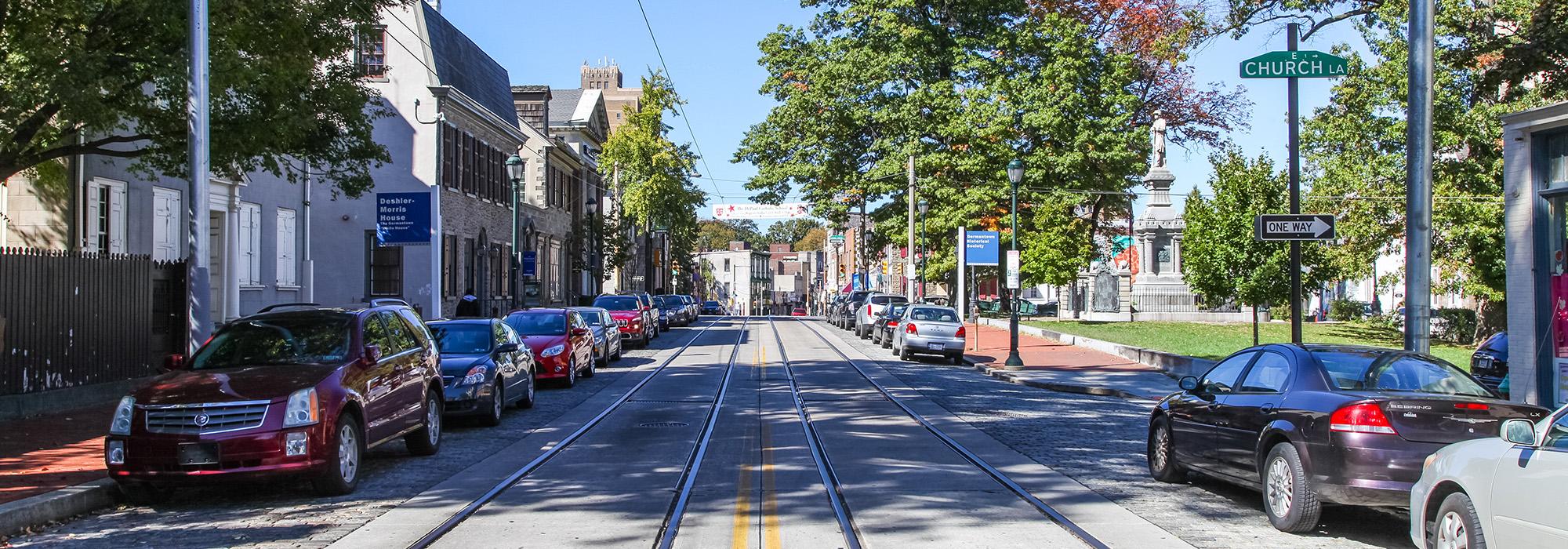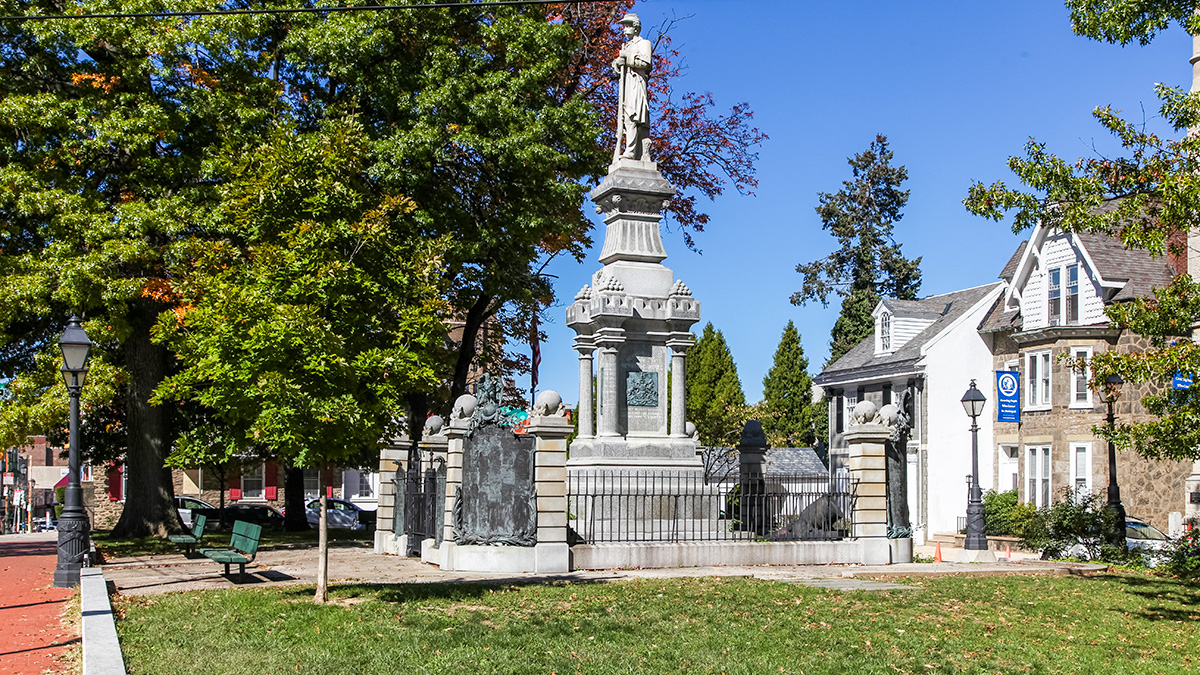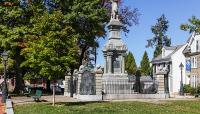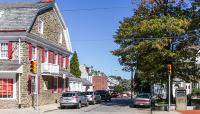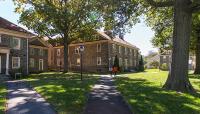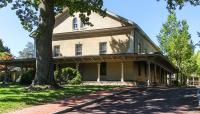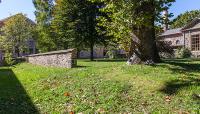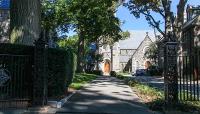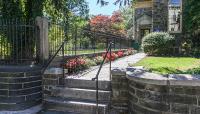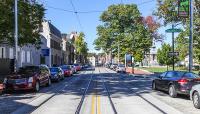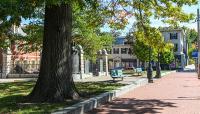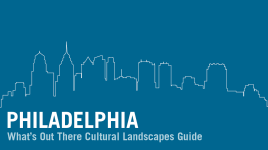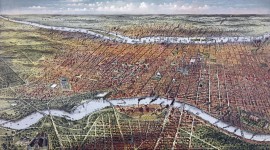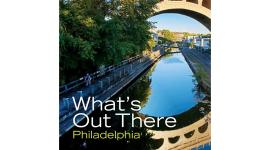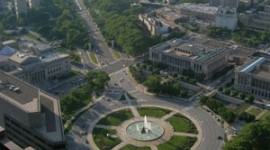Landscape Information
Situated six miles northwest of downtown, this neighborhood was founded by a group of Dutch Mennonites, Pietists, and Quakers in 1683 and, by 1688, its residents had publicly denounced slavery. Established along a pre-colonial Native American trail that paralleled the Delaware River, the area quickly became a commercial center for agriculture, mills, textiles, and publishing. In 1777, Germantown was the site of a significant Revolutionary War battle, and in 1793, George Washington conducted his presidential duties from Germantown while Philadelphia was under quarantine for yellow fever. The historic trail—lined with inns, taverns, churches, schools, cemeteries, and residences —served as the Germantown Turnpike from 1801 until 1874, when it became Germantown Avenue. A horse-drawn streetcar line was established from Philadelphia to Germantown in 1859 (replaced in 1894 by an electric trolley), transforming the once ethnic enclave into a commuter suburb. In the mid-twentieth century, Germantown experienced another dramatic demographic shift as white Philadelphians moved to outer-ring suburbs and African American Philadelphians moved into rapidly de-industrializing areas of the city.
Today, the character of this 21-block historic district reflects its long and rich history of mixed-use development. Characterized by a diversity of Colonial, Federal, Victorian, and Art Deco storefronts, mansions, row houses, schools, and churches, the district also includes parks derived from eighteenth-century estates, such as Vernon Park. Churches and schools augment the regular rhythm of row houses, often encompassing several building lots at intersections or, occasionally, situated on plots in the middle of a city block. Brick and cobblestone walks and roads, rock walls, and elaborate ironwork can be found throughout the neighborhood. The district includes several National Historic Landmark properties such as Cliveden, the John Johnson House, and Wyck House. The neighborhood was listed as a National Historic Landmark District in 1965 and was added to the National Register in 1966.



